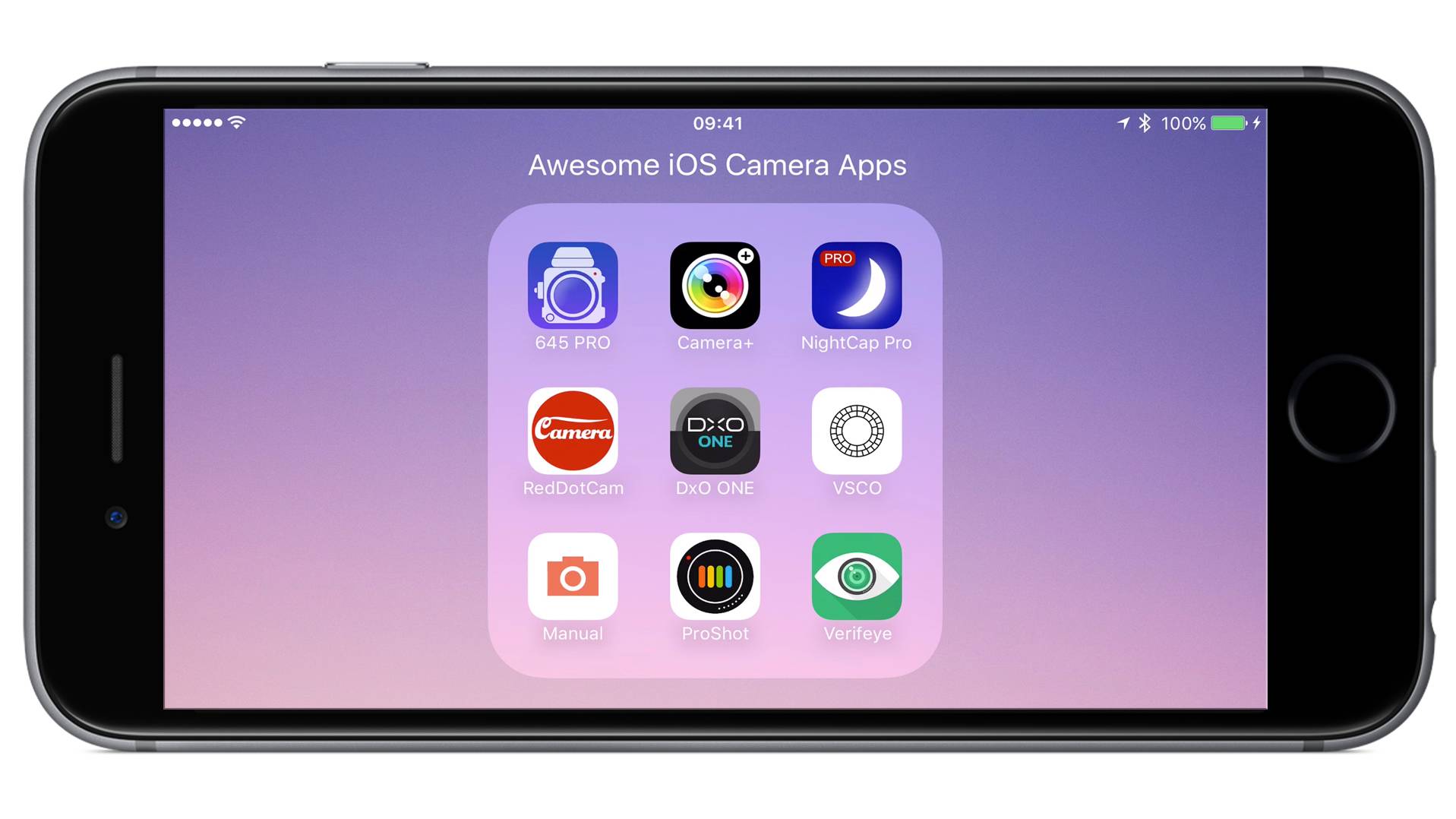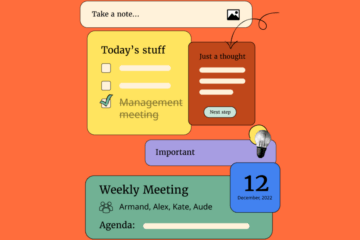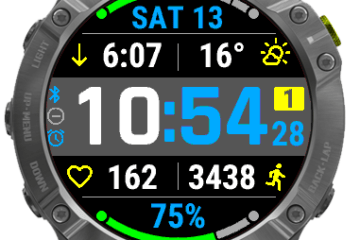
Contents
10 awesome camera apps for your iPhone
The default Camera app that ships with your iPhone (or iPad, or iPod Touch) has gained in creative features over its lifetime, but it’s still only functional at best, even on recent models like the iPhone 6S and iPhone 6S Plus.
The stock app’s overriding benefits are simplicity, reliability and ease of access – it’s one of the few camera apps you can quickly open from your lock screen, for example. And true, it does now also offer panorama, video, time-lapse and slow-mo shooting modes as well as HDR, manual exposure and eight stills filters.
But while these are handy features, they’re not necessarily enough to sate the needs of today’s creative iPhoneographer looking for ever more imaginative ways to frame their images.
And since Apple cracked open the iPhone camera innards to developers with the release of iOS 8, there are no shortage of apps to help creatives do just that.
So, whether you’re a fan of manual controls, long exposures or low light, here are ten top-drawer iOS camera apps that could help you become a better photographer whatever the situation.
1. 645 PRO Mk III
Price: £2.99 / US$3.99 / AU$5.99
645 PRO is one of the oldest ‘serious photography’ apps available in the App Store, but it is still regularly updated – now at Mk III – and remains among the best.
Photographers familiar with the manual controls of a DSLR will feel right at home here. The busy main screen faithfully mimics both the viewfinder of a traditional camera and the many knobs, dials and buttons.
645 PRO’s extensive feature list includes spot and matrix metering, shutter and ISO priority modes, ±3 EV exposure compensation, tap/slide focus override with focus peaking, a handful of classic film stocks, and the ability to export in ‘developed RAW’ TIFF files.
Any camera feature can be controlled with the exception of aperture – sadly still a physical limitation on most smartphone hardware.
Twisting the Mode dial around to ‘Guide’ reveals a 62-page manual that hints at the 645 PRO’s depth – however, it is well worth a read to ensure you get the most from one of the most comprehensive camera apps in the App Store.
2. Camera+
Price: £2.29 / US$2.99 / AU$4.49
Camera+ is one of the best-selling camera apps in the App Store and, with its powerful blend of simplicity and sophistication, it’s easy to see why.
Front and centre is a clean, minimalist viewfinder with little more than a large shutter release button, zoom slider and menu on display. Don’t be fooled by this apparent austerity, though.
Manual shooting options are exposed in a slide-out panel allowing focus, exposure, white balance and shutter speed to be separately set via a slider or a touch on the composition.
The hamburger menu reveals further camera settings including options to alter output quality starting at social media-friendly small files and up to huge lossless TIFF files. We find the Horizon Level option helpful and unobtrusive, and there’s even Apple Watch support for timer shots.
The dedicated macro mode deserves a mention too, with Camera+’s viewfinder zoom and focus slider making it one of the easiest apps with which to nail a close-up.
The post processing tools in the lightbox are most comprehensive, with a well-considered selection of presets and filters if only a quick fix is required. The Clarity power-up in particular is capable of breathing life into otherwise unsalvageable snaps.
Its developers, tap tap tap, recently spawned a free version which eschews some of the manual and advanced features, but for the price we happily recommend the full version here.
3. Custom Cam
Price: £1.49 / US$1.99 / AU$2.99
Custom Cam is another app that exposes most of the iPhone camera’s innards to the photographer. It’s not as slick or as beautifully designed as some, but its focused and minimalist approach might be to many photographers’ tastes.
On-screen overlays help familiarize with the swipes required to adjust shutter speed, ISO, white balance and so forth, and there are manual, auto and face-detect focusing modes in here too.
What’s more, two shutter buttons are configurable to match how you want to shoot, and if things are still too cluttered for your liking you can opt to remove one altogether.
A novelty here is how Custom Cam embraces more recent iPhone models’ 3D Touch capabilities. Like many a physical camera, a half press of the shutter release focuses the image and a full press captures it. Rest assured that the app works just fine for non-3D Touch handsets too.
If you wish to try before you buy, Custom Cam Free offers the full feature set (with the exception of uncompressed TIFF output) in exchange for a heavily watermarked image.
4. NightCap Pro
Price: £1.49 / US$1.99 / AU$2.99
You: Siri, you’re sacked.
Siri: Who me?
You: You can’t help me take better photos at night, Siri, you are useless.
Siri: Checking my sources…
You: Forget it, Siri, you’re dead to me. I have a new AI friend now, don’t I Aidie?
Aidie, or ‘Artificial Intelligence Derived ISO and Exposure’ to give her full name, is the backronym given to NightCap Pro’s processing engine, making sure your iPhone camera takes as beautiful shots in low light as it does during the daytime.
Aidie makes long exposures simple, has a couple of super-sensitive high-ISO modes up her sleeve and some clever processing tricks to remove unwanted noise. She can also apply her AI to lock focus in low-light environments where usual methods struggle.
NightCap Pro’s AI engine is also a fan of star-gazing, meteor spotting and International Space Station trail tracking, with dedicated preset modes for each. A companion Apple Watch app has a live-view mode and remote trigger to minimise wobble on long exposure shots.
Alongside Aidie, your other friend for successful low-light photography will be a steady hand or, better still, a smartphone tripod mount. It’s a shame Siri can’t help you there, either.
5. Red Dot Camera
Price: £2.29 / US$2.99 / AU$4.49
Inspired by the similarly red-dotted iconic Leica M Rangefinder bodies, Red Dot Camera promises the full shoot-from-the-hipster retro experience for a mere slice of the price.
Shutter speed, ISO and exposure compensation are manually adjusted with the large Leica-like dials to the left while focus is managed by a satisfying scroll wheel to the right – bringing a familiar feel for enthusiasts and making newbies feel instantly more like a pro.
Three focus presets are included to satisfy infinity, room and macro requirements, and the standard (but less authentic) touch-to-focus is also present. All are admirably assisted by a loupe in the centre of the viewfinder to help achieve pin-sharp shots.
The only other features of note here are a black-and-white mode and the option to crop shots to Rangefinder standard 35mm and 50mm frames, although output pixel counts will reduce as a result.
While not the most configurable or customisable of shooting experiences, this is nonetheless a well-designed app that helps you to focus on photography essentials. If you’re a photographer who likes a Leica, then you’ll love Red Dot Camera.
6. VSCO
Price: £free / US$free / AU$free (in-app purchases apply)
VSCO (or, confusingly, VSCO Cam as it was until recently credited) rose to prominence among an Instagram community that had grown increasingly tired of seeing the same old canned filters time and time again.
Its developer originally made its name making pro-photographer classic film presets for Adobe Lightroom. So when its much-anticipated smartphone app launched featuring a fistful of its hip filters it quickly became a match made in Instagram heaven.
The app’s distraction-free viewfinder is an almost reluctant home to three discrete icons, which expose a settings drawer, flip to the front-facing camera, and enter the app’s camera roll.
There’s a shutter too, but the sparse display allows the entire sidebar to act as the release – more useful than it sounds when concentrating on your subject instead of your screen.
Even when open the settings drawer does its best not to detract from you composing your image. The spirit-level and horizon lines are a welcome touch, and the ‘tap anywhere to take’ option will appeal to some; the standard white balance lock, ISO, shutter speed and exposure adjustments are all present too, albeit neatly filed away.
Enter the lightroom to polish your pictures and the power of VSCO’s beautiful (if blandly-named) stock filters soon becomes apparent. Filters can be adjusted and further packs (with more tempting titles) are available as in-app purchases.
There are useful tools here too to correct perspective and alignment, crop and contrast and so on, and VSCO encourages you to upload your creations to its own curated community.
VSCO is a beautiful app of few words, preferring to let its clutter-free camera and velvety-smooth stock of filters do the talking.
7. Manual
Price: £2.29 / US$2.99 / AU$4.49
With only a limited number of features at their disposal it can be a tough job for a developer to differentiate their iOS camera app amid a sea of me-toos.
Manual was one of the first apps to take advantage of iOS 8’s camera control APIs but while many other camera apps have caught up, it still manages to stand out from the crowd by keeping things simple.
First up is another clean-cut interface going big on image but pulling no punches with power settings, although precise control can sometimes be fiddly.
A live histogram, exposure and focus are rarely seen elsewhere, and the zoom for manual focusing is always useful.
An EXIF viewer lets you peep into the otherwise squirreled-away metadata that accompanies each picture revealing camera settings at the time of capture and the location (if allowed).
8. ProShot
Price: £2.99 / US$3.99 / AU$5.99
Describing itself as ‘the future of professional mobile photography’ ProShot sets itself up for a fall but, thankfully, stands solidly as one of the better camera apps in the App Store.
Everything that can be tweaked with the iPhone camera is tweakable here and then some, with ProCam squeezing every last ounce of juice from Apple’s hardware.
Alongside standard manual iOS camera controls such as ISO, focus and shutter speed are useful extras including bracketing, which takes multiple photos of the same subject with different exposures, two different bulb modes for creative fun with light trails and light painting, and time-lapse.
Initially the pro-style controls aren’t quite pick-up and play but, once familiar with the drive and camera mode dials, ProShot’s UI fast becomes one of the most powerful here.
9. Verifeye Media Pro Camera
Price: £free / US$free / AU$free
Unless you’re a politician, war zone dweller or Top Gear presenter, news stories don’t tend to spontaneously happen around you, but if one ever does then it’s as well to be prepared.
Verifeye Media is a visual news agency which licences newsworthy photographs and videos to media outlets on your behalf. Crucial to this is verification that the photo or video of a breaking news headline is precisely what it purports to be, particularly if it originates from eyewitness sources instead of traditional journalists. That’s where Verifeye Media’s Pro Camera app comes in.
As a standalone camera Verifeye’s app leans towards functional rather than elegant, but manual controls for ISO, shutter, focus, white balance and exposure will ensure most photographers’ needs are well catered for.
Sitting centrally in the bottom of the viewfinder is a large red shutter button, although its placement may prove an uncomfortable stretch for some. However, the app’s strengths also lie beyond what gets framed in the viewfinder.
Embedded in the images, and continuously woven into video shot with the app, is a rich layer of additional information – date/time, geolocation, altitude, compass bearing and so on. This metadata, when uploaded via the app, helps the Verifeye team to validate the authenticity of the images to news outlets’ satisfaction.
Verifeye operates a 50/50 revenue split so you will get paid for your work, but it goes without saying that you should be conscious of your own safety and that of others before you crack open your camera in a developing news situation.
10. DxO One
Price: £399.00 / US$439.00 (around AU$611)
Okay, you got us. Although there certainly is a camera app here – a very good one at that – the DxO One is all about the plug-in camera accessory.
At the heart of the DxO One is a 1-inch 20.2-MP Sony sensor as used in the barnstorming Sony RX100 Mk III. This captures images through an f/1.8 aperture lens with a fixed focal length equivalent to 32mm.
This combination of large sensor (15.86mm diagonal versus 6mm on an iPhone 6) and adjustable wide aperture gives detailed low-light images and controllable depth of field, a holy grail for many smartphone photographers.
The DxO One plugs securely into the Lightning connector of an iPhone or iPad and turns the screen, courtesy of the DxO One app, into a responsive, lag-free viewfinder. Manual controls over camera functions are as good as any app here and better than many compact cameras.
The DxO One shoots in both JPG and RAW, the latter remaining on the microSD card within the main body.
Yes, it’s not cheap. Sure, it’s a little awkward to handle. And perhaps you could buy a standalone compact camera with comparable or better image quality for the same or less cash.
But putting all that to one side, if you are intent on taking the highest quality pictures possible using your iPhone then there is no better app or accessory than the DxO One.
[Source:-Techrader]















